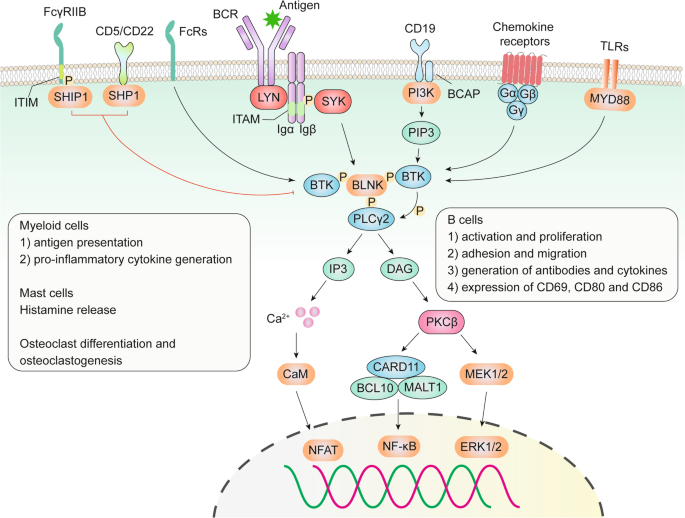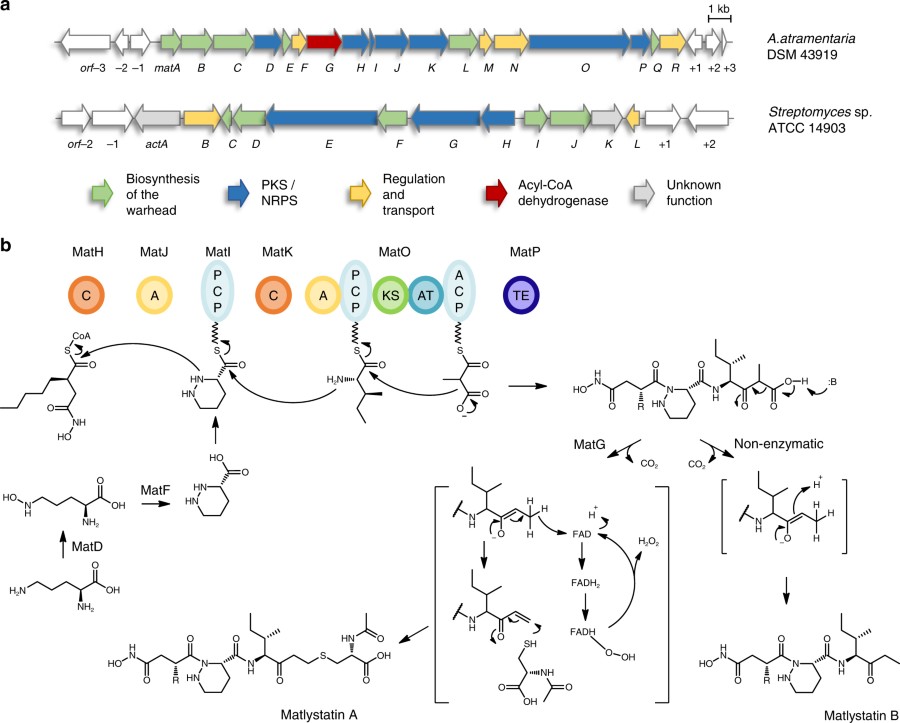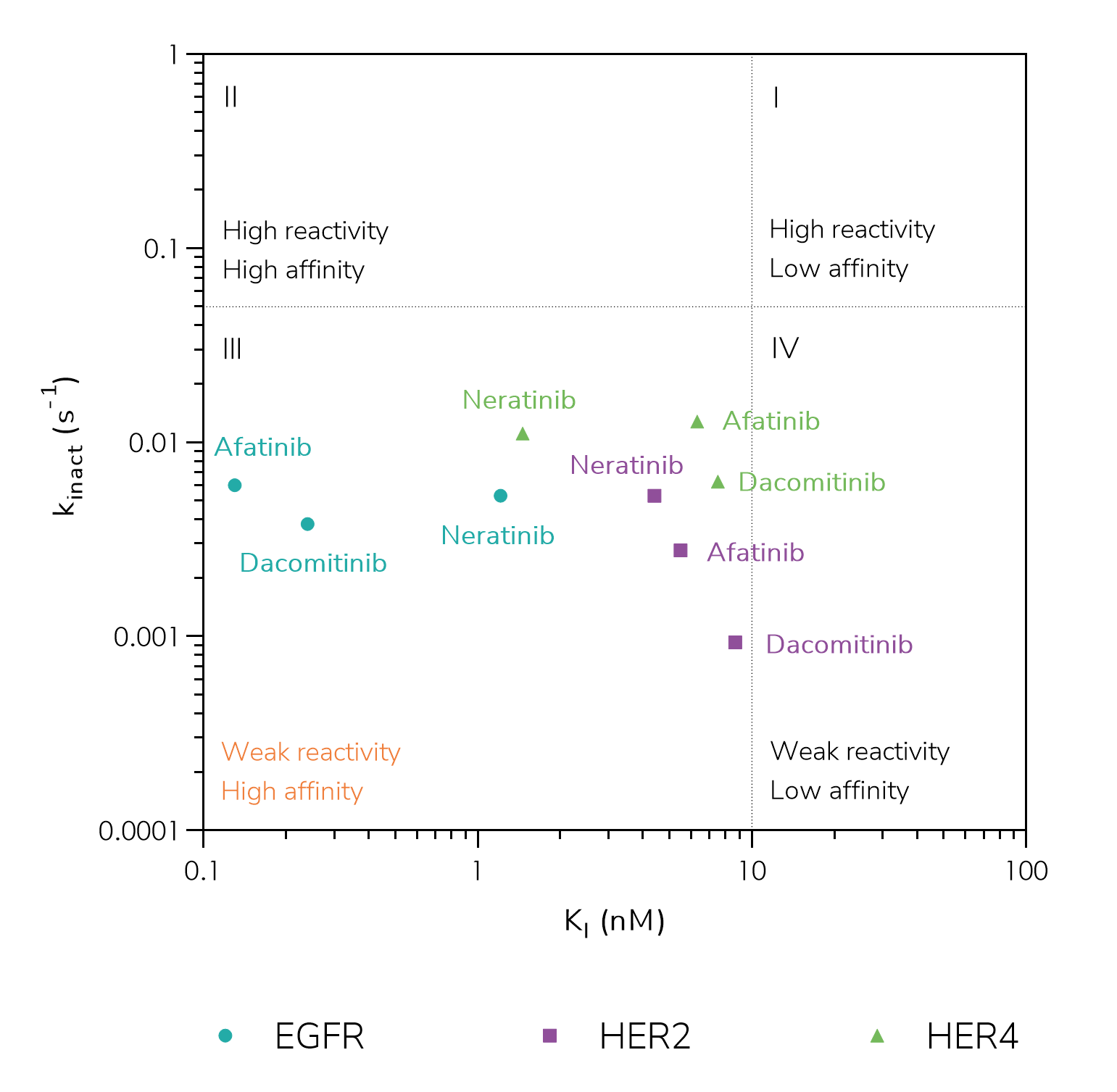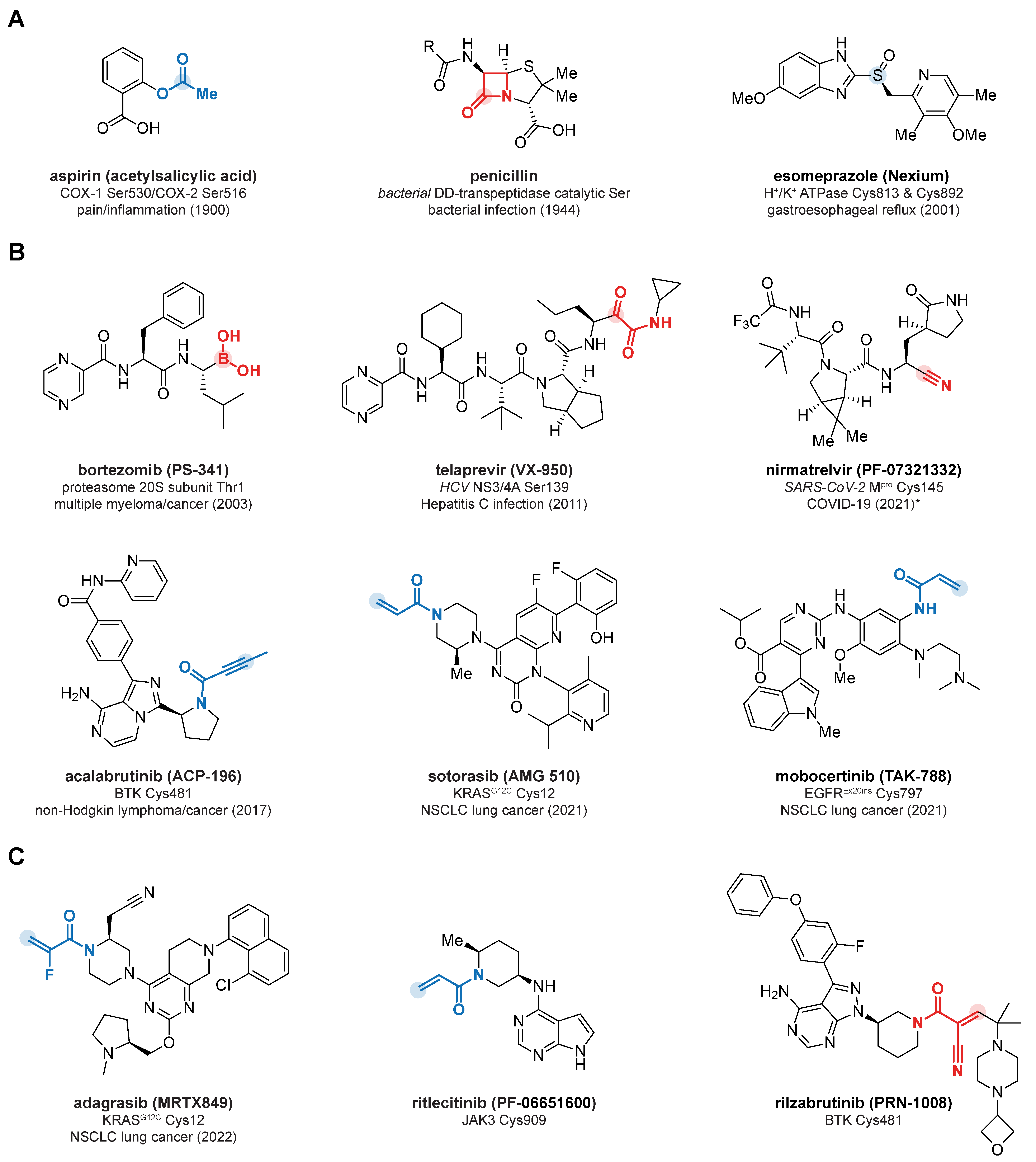Relative Selectivity of Covalent Inhibitors Requires Assessment of Inactivation Kinetics and Cellular Occupancy: A Case Study of Ibrutinib and Acalabrutinib
Por um escritor misterioso
Descrição

Development of covalent inhibitors: Principle, design, and application in cancer - Zheng - 2023 - MedComm – Oncology - Wiley Online Library

BTK inhibitors in the treatment of hematological malignancies and inflammatory diseases: mechanisms and clinical studies, Journal of Hematology & Oncology

Selective Inhibition of Bruton's Tyrosine Kinase by a Designed Covalent Ligand Leads to Potent Therapeutic Efficacy in Blood Cancers Relative to Clinically Used Inhibitors
a) Structure of CC-292. (b) Inhibition of Btk by an ATP-competitive

Case Study - COVALfinder to Study Irreversible EGFR Drugs

Ibrutinib Inhibits Platelet Integrin αIIbβ3 Outside-In Signaling and Thrombus Stability But Not Adhesion to Collagen

Covalent Modifiers: 2017

Case Study - COVALfinder to Study Irreversible EGFR Drugs

PDF) Mechanism of covalent binding of ibrutinib to Bruton's tyrosine kinase revealed by QM/MM calculations

Covalent Modifiers: 2017

Toward Atomistic Modeling of Irreversible Covalent Inhibitor Binding Kinetics
Btk turnover in Ramos cells. Target occupancy as a function of time

Relative Selectivity of Covalent Inhibitors Requires Assessment of Inactivation Kinetics and Cellular Occupancy: A Case Study of Ibrutinib and Acalabrutinib

A steady-state algebraic model for the time course of covalent enzyme inhibition

Pharmaceuticals, Free Full-Text
de
por adulto (o preço varia de acordo com o tamanho do grupo)







